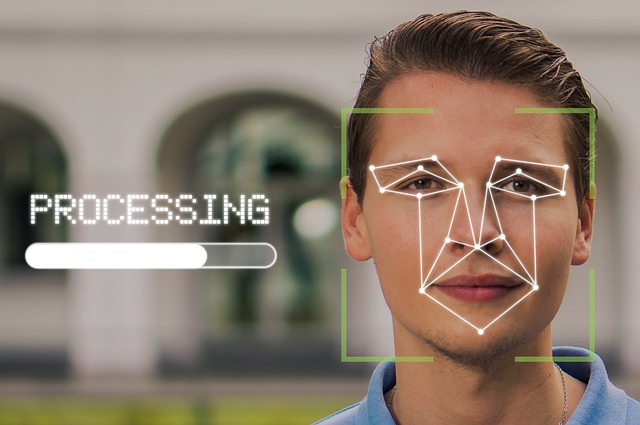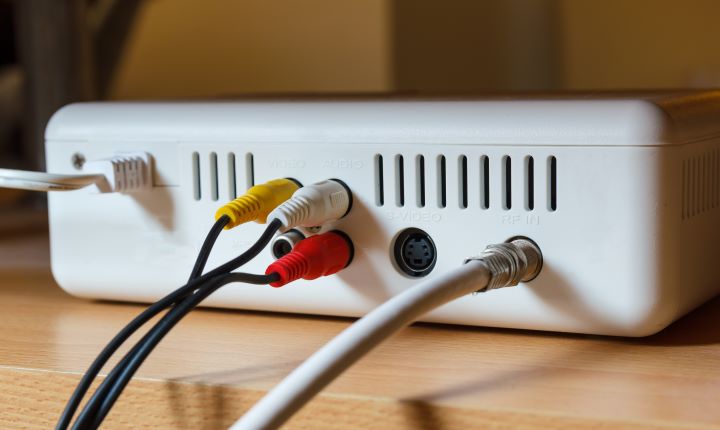Anxiety in the Digital Age: Navigating Modern Stressors
Anxiety disorders have become increasingly prevalent in recent years, with the World Health Organization estimating that 264 million people worldwide suffer from anxiety. This surge in anxiety cases has coincided with the rapid advancement of technology and the rise of digital culture. The constant connectivity, information overload, and social pressures associated with our digital lives have created new sources of stress and exacerbated existing ones. As we navigate this complex landscape, it's crucial to understand how the digital age impacts our mental health and explore effective strategies for managing anxiety in this context.

Research has shown that excessive smartphone use and social media engagement are associated with increased levels of anxiety and depression. A study published in the Journal of Adolescent Health found that teenagers who spend more than three hours a day on social media are at higher risk of developing mental health problems, including anxiety disorders.
Moreover, the blurring of boundaries between work and personal life, facilitated by digital technologies, has led to a culture of constant availability and productivity pressure. This always-on mentality can significantly contribute to chronic stress and anxiety, as individuals struggle to disconnect and recharge.
The Neuroscience of Digital Anxiety
Understanding the neurological underpinnings of anxiety in the digital age can provide valuable insights into its management. The constant stream of notifications, updates, and information triggers the brain’s reward system, releasing dopamine and creating a cycle of addiction-like behavior. This perpetual state of alertness can overstimulate the amygdala, the brain’s fear center, leading to heightened anxiety levels.
Furthermore, the rapid switching between tasks and constant multitasking encouraged by digital devices can impair cognitive function and increase stress levels. Studies have shown that this type of cognitive overload can lead to decreased productivity, impaired decision-making, and increased anxiety.
Social Media and Self-Esteem: A Double-Edged Sword
While social media platforms offer opportunities for connection and self-expression, they also present unique challenges to mental health and self-esteem. The curated nature of social media content can create unrealistic standards and foster a culture of comparison, leading to feelings of inadequacy and anxiety.
Research published in the Journal of Social and Clinical Psychology found a causal link between Facebook use and decreased well-being, including increased anxiety and depression. The study suggested that limiting social media use to approximately 30 minutes per day could significantly improve mental health outcomes.
However, it’s important to note that social media can also provide valuable support networks and resources for individuals struggling with anxiety. Online communities and mental health apps have emerged as powerful tools for connecting individuals with similar experiences and providing accessible coping strategies.
Digital Detox: Striking a Balance
As awareness of digital anxiety grows, the concept of “digital detox” has gained popularity. This practice involves intentionally disconnecting from digital devices and online platforms for a set period to reduce stress and improve mental well-being. While complete disconnection may not be feasible for many, implementing regular periods of digital downtime can help mitigate anxiety and improve overall mental health.
Strategies for a successful digital detox may include:
-
Setting specific times for checking emails and social media
-
Establishing device-free zones or times in the home
-
Engaging in offline activities and hobbies
-
Practicing mindfulness and meditation to combat information overload
-
Using apps and tools designed to limit screen time and notifications
Mindfulness and Technology: An Unlikely Alliance
Interestingly, the same technologies that contribute to anxiety can also be harnessed to combat it. Mindfulness and meditation apps have surged in popularity, offering guided practices and tools to help individuals manage stress and anxiety. These digital wellness solutions provide accessible, on-demand resources for mental health support.
Research has shown that regular mindfulness practice can reduce symptoms of anxiety and depression. A study published in the Journal of Medical Internet Research found that smartphone-based mindfulness interventions can be effective in reducing stress and improving well-being.
The Role of Digital Literacy in Anxiety Management
As we continue to navigate the digital landscape, developing strong digital literacy skills becomes crucial in managing anxiety. This includes understanding how to critically evaluate online information, set healthy boundaries with technology, and leverage digital tools for personal growth and well-being.
Educational institutions and workplaces are increasingly recognizing the importance of digital wellness and incorporating it into their curricula and employee wellness programs. By equipping individuals with the skills to navigate the digital world mindfully, we can help mitigate the negative impacts of technology on mental health.
Future Perspectives: Technology and Mental Health
As we look to the future, the relationship between technology and mental health will likely continue to evolve. Emerging technologies such as virtual reality and artificial intelligence hold promise for new therapeutic approaches to anxiety disorders. For example, VR exposure therapy has shown potential in treating specific phobias and social anxiety disorder.
However, as these technologies advance, it will be crucial to approach their development and implementation with a keen awareness of their potential impacts on mental health. Ethical considerations and user well-being must be at the forefront of technological innovation to ensure that future digital landscapes promote rather than hinder mental health.
In conclusion, while the digital age has introduced new challenges for managing anxiety, it has also opened up novel opportunities for support and intervention. By fostering a balanced approach to technology use, promoting digital literacy, and leveraging mindfulness techniques, individuals can navigate the complexities of the digital world while maintaining their mental well-being. As we continue to evolve alongside technology, developing strategies to harness its benefits while mitigating its risks will be essential for our collective mental health in the digital age.




